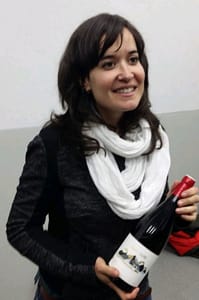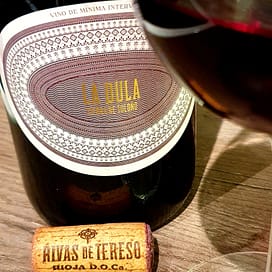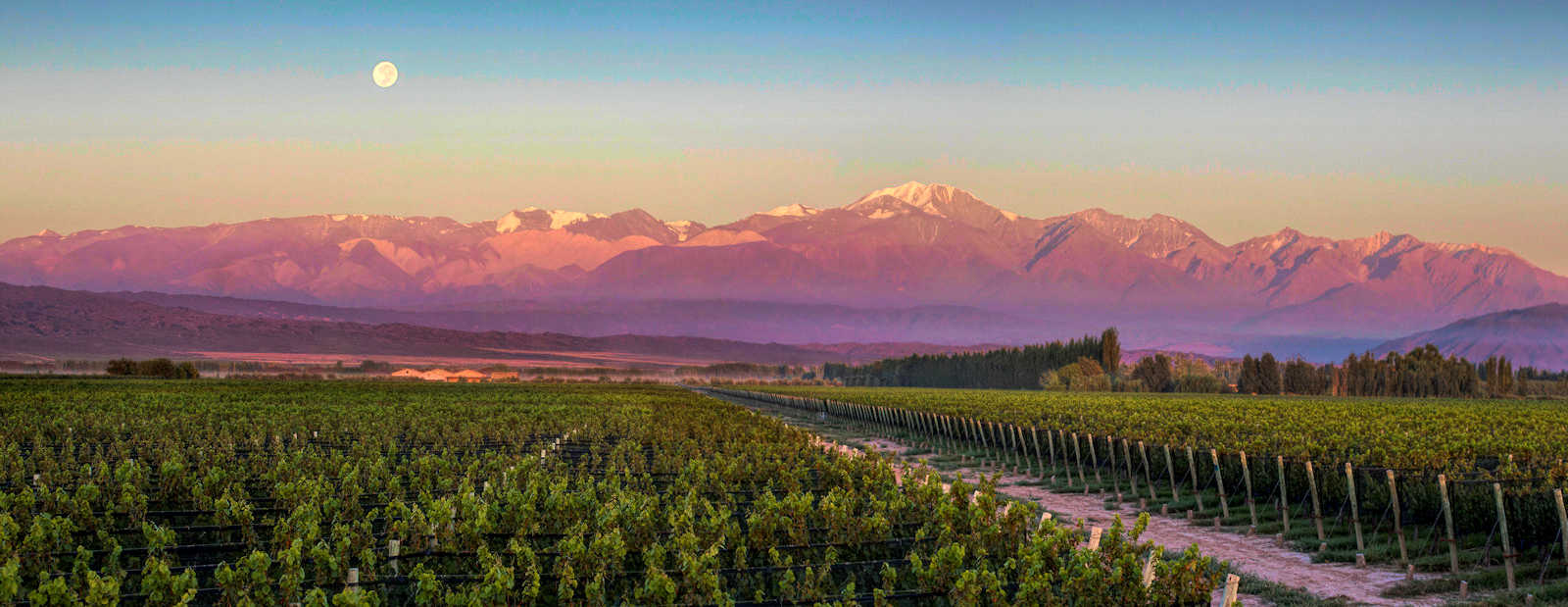This is a Riojan garnacha with a strong varietal character, that takes me towards its relatives in the Gredos mountains on the other side of the capital. This can be because the producer’s collegues in Rioja don’t put enough focus on the grape and its qualities, – maybe because of its lack of reputation, or the producers’ tendency to oak everything in sight.
Sandra Bravo is not among them. She is one of the producers in the group Rioja’n’Roll, from a dynamic generation that wants to move forward from the stereotype of the blending eras. She was probably the first in Rioja to use amphorae for maturing wines, and she never lets the oak get in the way for the local typicity, be it Rivas de Tereso, at the foot of the Toloño) or over in Villabuena de Álava (Basque Country).
Sandra has also launched a wine called La Dula Garnachas de Altura (garnacha from the heights). This one is a single parcel wine from a vineyard in Rivas de Tereso, planted in 1944 at 700 meters altitude. It’s fermented and aged in a 300 liters amphora.
Edit: I realized that I had highlighted the same wine in the 2018 vintage three years ago, from the Simplemente Vinho fair. Read about it here.
La Dula 2018 (Sierra de Toloño)
Dark cherry red. Cool, concentrated aroma of wild berries (blackberry, elderberry), raspberry and a lovely flowery scent, with a stony, mineral touch. Rounded tannins, integrated, fresh natural acidity, expressive and long.
Price: Medium/high
Food: Game, other tasty meat, but also more delicate dishes like vitello tonnato, charcuterie
Leave a Comment













